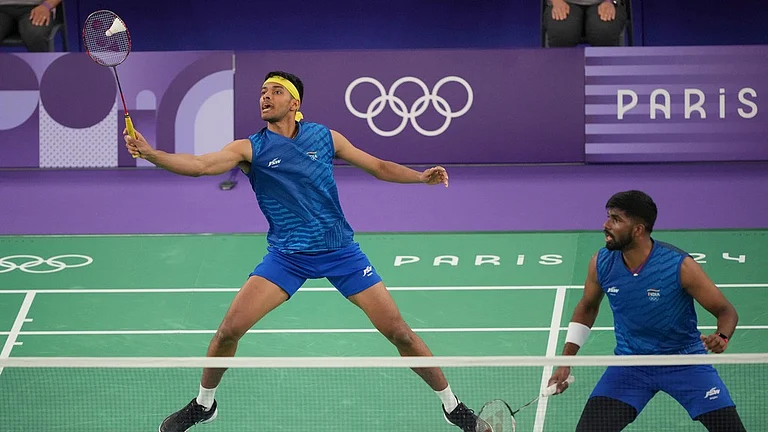More than 50% of Indian women are anemic even seven decades after Independence. Anemia occurs when a person’s body lacks an adequate number of red blood cells or the requisite quantity of haemoglobin, curbing the blood’s capacity to carry oxygen. The condition can manifest because of blood loss, the body’s inability to create sufficient red blood cells or the destruction of such cells.
It is perceived as a serious public health issue, if more than 40% of the population suffers from anemia. Not surprisingly, anemia among women and children in India is identified as a major public health concern for decades. Globally, nutritional deficiency is considered the most common cause of this condition. Although iron deficiency is most frequently associated with anemia, deficiency in other micronutrients such as vitamins A, Folate and B12 can also be a cause.
Anemia’s Adverse Consequences
Besides women and children, a significant number of men suffer from anemia – a section generally overlooked. The Lancet Global Health journal in its report, ‘Anemia among men in India: A nationally representative cross-sectional study noted that anemia prevalence among men was found to be 23.2% – varying in degree from mild or moderate to severe. There is no doubt, though, that pregnant women and children remain especially vulnerable.
Low haemoglobin levels denote lower productivity and a higher degree of disease and death. In turn, it imposes an economic burden via loss in GDP, which was estimated to be $22.64 billion (or Rs150,000 crore) in 2016.
Taking cognisance of the adverse health and economic outcomes, the Government of India announced the Anemia Mukt Bharat (AMB) programme in March 2018. A flagship scheme of the Union Ministry of Health and Family Welfare run under the POSHAN Abhiyaan, it aims at lowering the nation’s maternal anemia burden. Although programmes were launched earlier to combat anemia, progress remained extremely slow. Between 2005 and 2015, there was less than 1% annual reduction in anemia. Given this situation, the Centre launched the AMB programme under the POSHAN Abhiyaan – a multi-ministerial convergence mission intent on ensuring a malnutrition-free India by 2022.
The AMB scheme is targeted at all children, adolescent boys and girls, pregnant and lactating women as well as women in the reproductive age group (between 15 and 49 years). Between 2018 and 2022, it aims on reducing anemia prevalence by 3% annually among the target groups. Interventions in the target groups comprise prophylactic iron and folic acid supplementation; intensified year-round behaviour change communication; deworming; anemia testing via digital means and point-of-care treatment; mandatory provision of iron and folic acid fortified foods in government-funded health schemes; and addressing non-nutritional triggers of anemia in endemic sections.
Boosting Outcomes via Fortification
Whereas all the above measures are laudable, one needs to note that 2022 is barely a couple of years away. Furthermore, disruptions caused by the COVID-19 pandemic are slated to make many targets more difficult to meet. Against this backdrop, all public and private stakeholders need to join hands so the scheme’s objective can be achieved as scheduled.
In such a scenario, fortification of foods could play a major role in lowering anemia prevalence across India. Despite being a tested, cost-effective strategy in overcoming deficiencies of vitamins and minerals, food fortification continues to remain immensely underutilised. Therefore, the need for fortification of some commonly-consumed staple foods is crucial in promoting better health among people including to deliver key nutrients for a robust immune system.
In meeting these needs, some food brands offer numerous products for fortifying wheat, rice and other staples. What makes food fortification more appealing is that fortified foods become extra nutritious without any impact on their taste. In the north, fortification of wheat would be worthwhile whereas, in the south, rice can be fortified since these constitute staple foods in both regions.
The centre is already undertaking rice fortification through B vitamins and iron, supporting large pilot programmes through PDS (public distribution system) in some states. In such cases, the states or private players can augment Central efforts by the additional distribution of fortified foods to select segments not covered by PDS.
Significantly, the 2018 Global Nutrition Reports notes that malnutrition impacts all nations while the deaths of almost 50% of children below five years are linked to inadequate nutrition. All of this is largely due to micronutrient deficiencies. Whatever the case or condition caused by anemia and nutrient deficiencies, food fortification is well suited to address such issues. In fighting nutrient deficiencies, food fortification can be done for multiple items, including rice, refined flour, wheat flour, salt, milk and vegetable oil.
Consequently, in ensuring that the Anemia Mukt Bharat scheme’s objective becomes a ground reality by 2022, food fortification can play a positive role in promoting better outcomes.
The author is a Business Director with DSM India


















.jpg?w=200&auto=format%2Ccompress&fit=max)



